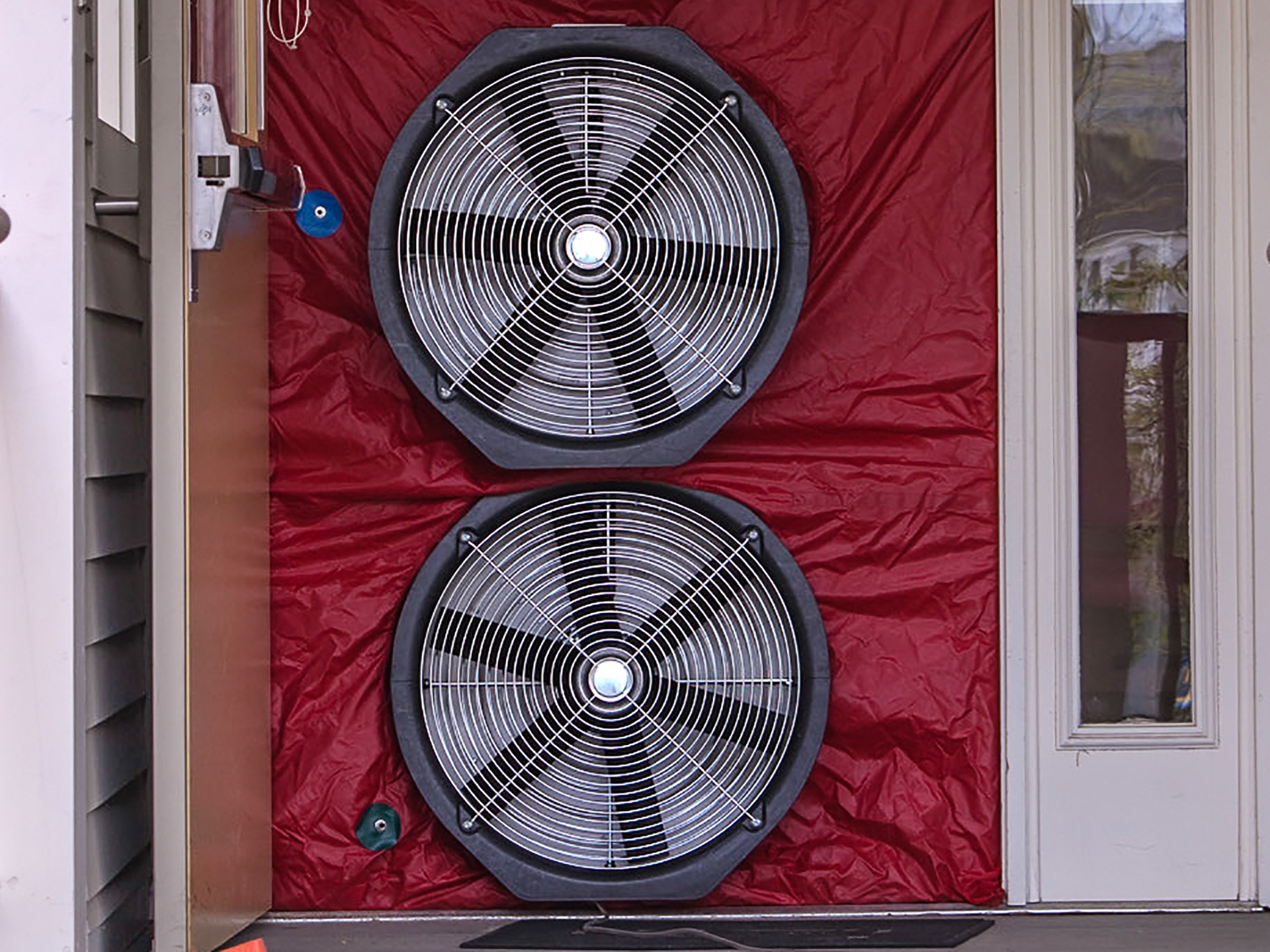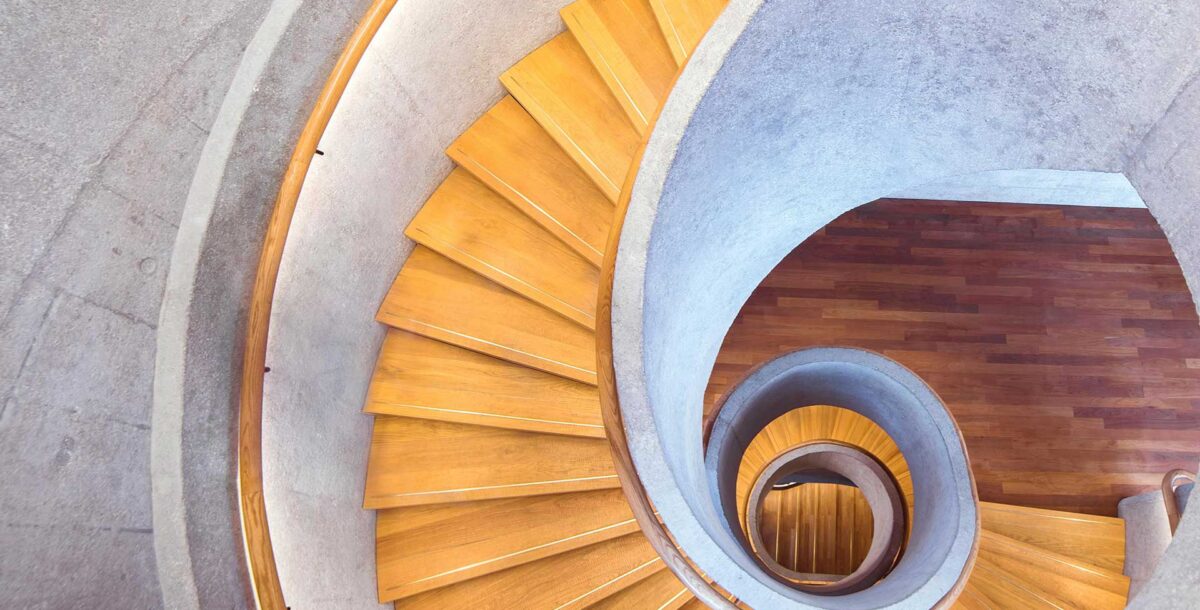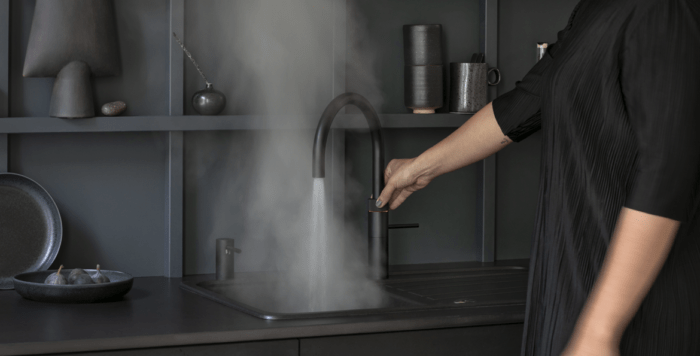What is an airtightness test? And what does it tell homeowners?
Airtightness is important for the energy efficiency of your home. But how is it measured? We explain how an airtightness test works
At the moment, airtightness testing isn’t something many of us have encountered, but it provides important information to anyone trying to build or make a home airtight and draught free. And it’s something more and more of us are going to become familiar with as more and more new homes are designed to be airtight.
Why is airtightness important?
In a draughty house, up to a third of heating costs are spent heating air that escapes from the building through gaps and holes, and cold air that comes in to replace it. This is a waste of money – and, of course, bad for the planet. And it explains why airtightness is increasingly seen as an important aspect of house design.
What is airtightness testing?
Airtightness testing, also known as air-leakage testing or blower door testing, is a diagnostic procedure designed to measure the amount of air leakage in a building. It’s a way of calculating how much air leakage there (how many draughts) through things like gaps around pipes and under skirting boards.
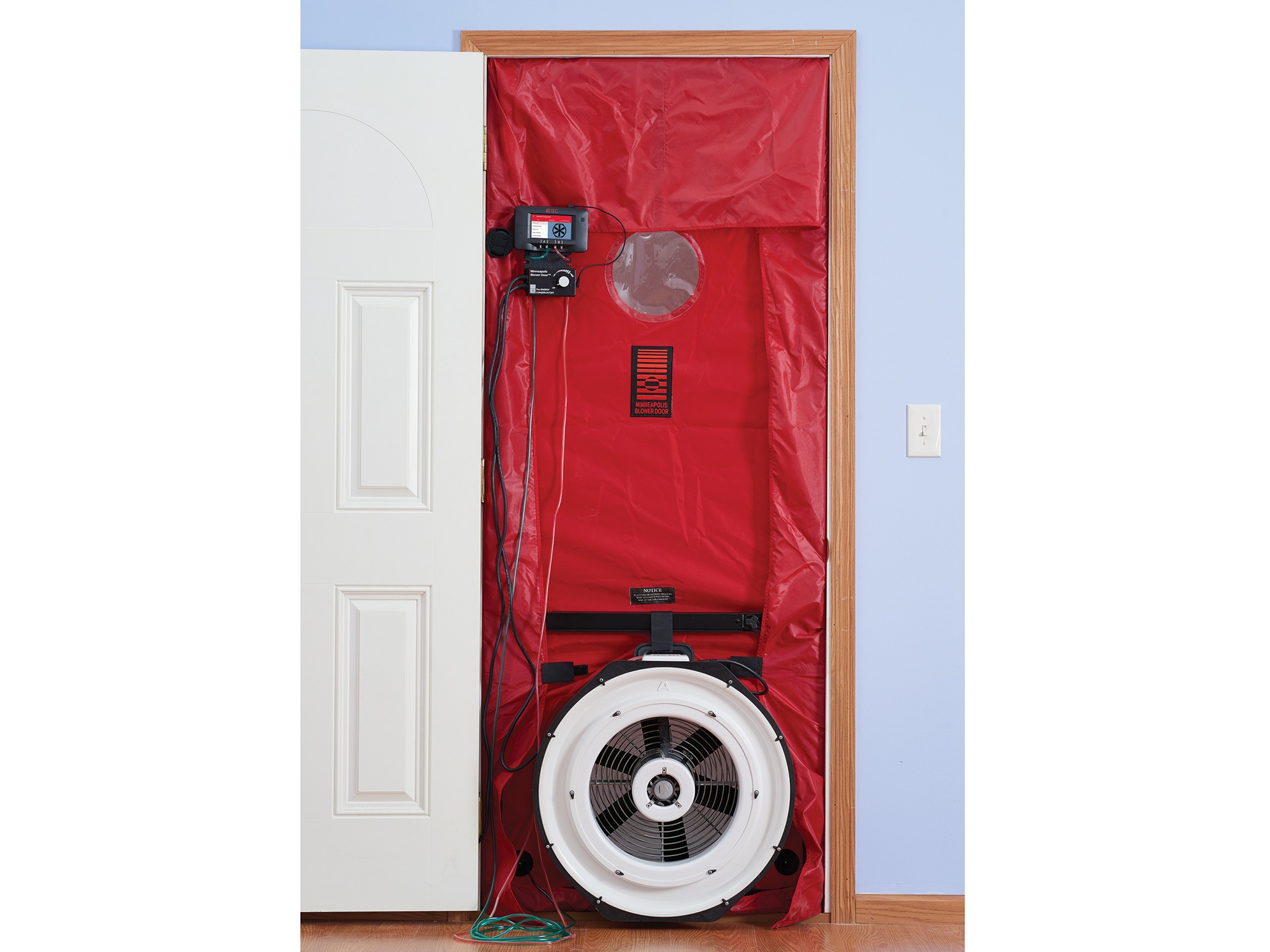
Image credit: Experteditor2525 (CC BY-SA 4.0)
It involves first placing a calibrated fan in an exterior doorway, and sealing it in place there with an airtight fabric ‘door’ that can be adjusted to fit the size of the door frame. A manometer in the test gear measures the air pressure inside and outside the house. The fan is then turned on to depressurise or pressurise the building, and changes in air pressure inside and outside the house are measured and compared.
While the test is happening, all the doors inside the house are open so the air can flow freely, and all the exterior doors and windows are closed. Any mechanical heat recovery system is shut off and sealed, and fireplaces are closed. Bathroom extractors, kitchen range hoods and heaters need to be turned off, too.
Pressurise vs depressurise
If the house is pressurised during the test, the reading shows how much air is escaping through leaks. If the house is depressurised, it indicates how much is being sucked into the house through leaks and cracks. Pressurisation gives a more accurate reading, but depressurisation is less likely to blow open any vents and damage them.
Air changes per hour
Results can be measured in two different units:
- air changes per hour (ACH) ie the number of times the total volume of air in the house is completely removed and replaced in an hour, or
- air permeability (measured in m3/hr/m2).
The smaller the figure the more airtight the house. For most buildings, there is little difference between the two figures.
Finding any leaks
The leakage rate, as it is also known, will go up if there are gaps, holes and cracks in the fabric of the building, through which air can escape. These often occur at points where services like electricity or water enter the building, or at joints between walls, say. They are not always visible to the naked eye, so tracking them down can be difficult. Options include thermal imaging (pictured below), using a smoke pen, fog machine, or even just the back of the hand to feel for draughts.
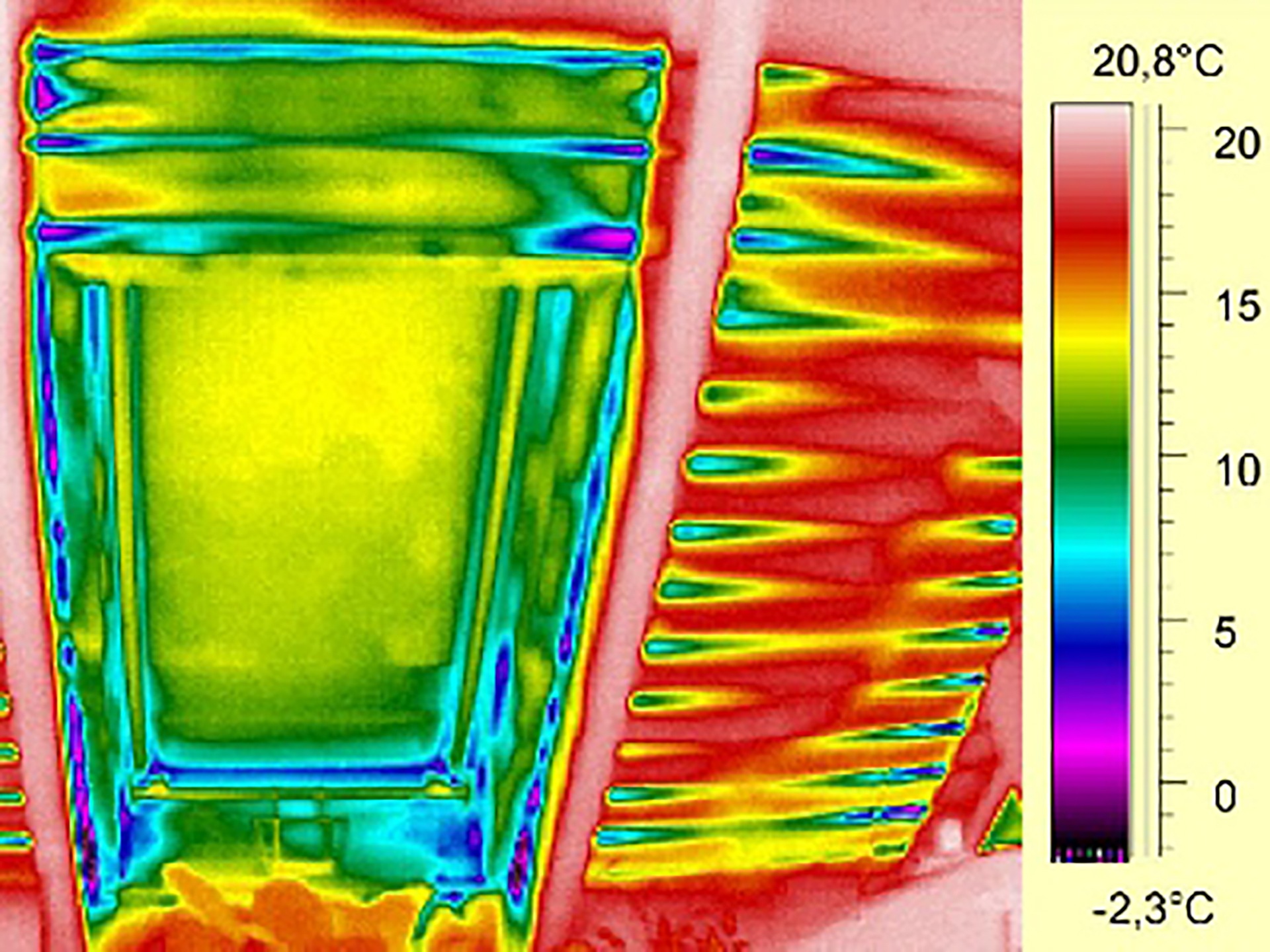
Image credit: Sönke Krüll (CC BY 3.0)
The Airtightness Testing and Measurement Association sets out standards for how airtightness tests should be carried out. Here’s a video from them that shows a test being performed.
Alternative test
There is now another type of test that can also be used to measure the airtightness of a building in place of the blower door test. This uses a compressed-air based system, such as this one called Pulse.
Passivhaus criteria
As we saw in the North Cotswolds episode, where Duncan and Liz and aimed to build the UK’s first certified Passivhous Premium home, airtightness testing is a key component of Passivhaus certification. Building for airtightness is part of the Passivhaus model. Passivhaus homes are effectively sealed against the elements, with every join in the fabric taped up, and much greater quantities of insulation than we are typically used to in this country. They have airtightness about 20 times greater than a standard UK house, enabled by their use of mechanical ventilation heat recovery (MVHR) systems.
Issues related to airtightness
Airtightness can create its own problems with stale air and dampness. That’s why modern homes that are designed to be airtight are usually fitted with a MVHR system. MHVRs suck warm damp air from the interior of the house into a heat exchanger. The heat in it is extracted before the stale air is expelled out of the house. This heat is then used to warm up fresh air being drawn into the house.
MVHRs provide clean air while reducing heat loss and improving energy efficiency. It can be hard to make older buildings airtight enough for a MVHR system to work properly. But, if a property is being refurbished, insulated and retrofitted, it will be airtightness tested towards the end of the build to check that a decent level of airtightness has been achieved.
How much is a test?
An airtightness test costs roughly £200, depending on the size of your building.
Meeting building regulations
The results of the test contribute to a building’s energy performance certificate. In England and Wales, in order to meet the latest Building Regs Part L that set standards for the energy efficiency of new and existing buildings, airtightness is a must. The max permitted air permeability for a new home has been reduced from 10m3/hr/m2 to 8m3/hr/m2 @50Pa. This doesn’t seem particularly challenging as figures from the UK’s Airtightness Testing and Measurement Association have shown that the average airtightness of a new house in the UK was already down to about 5m3/hr/m2 back in 2016. The standard is set to come down to 5m3/hr/m2 for new homes in 2025. Even these new levels will be far off those demanded by Passivhaus airtightness rules, which only allow for holes in the building fabric equivalent to less than the size of a 5p in every 5m2 of building envelope.

